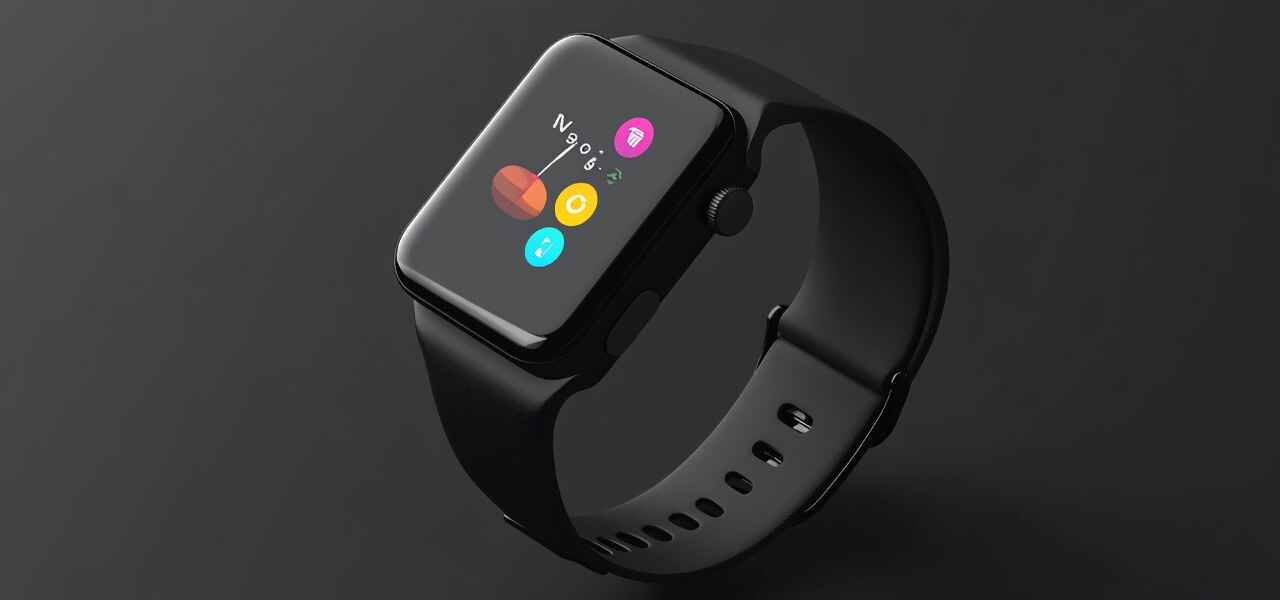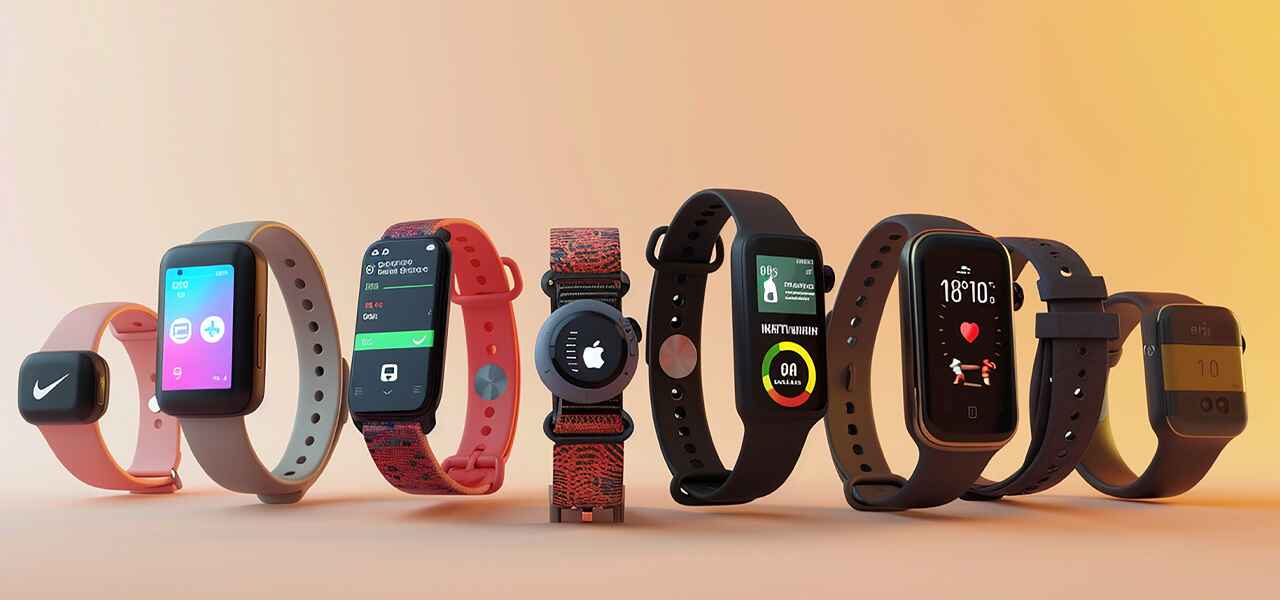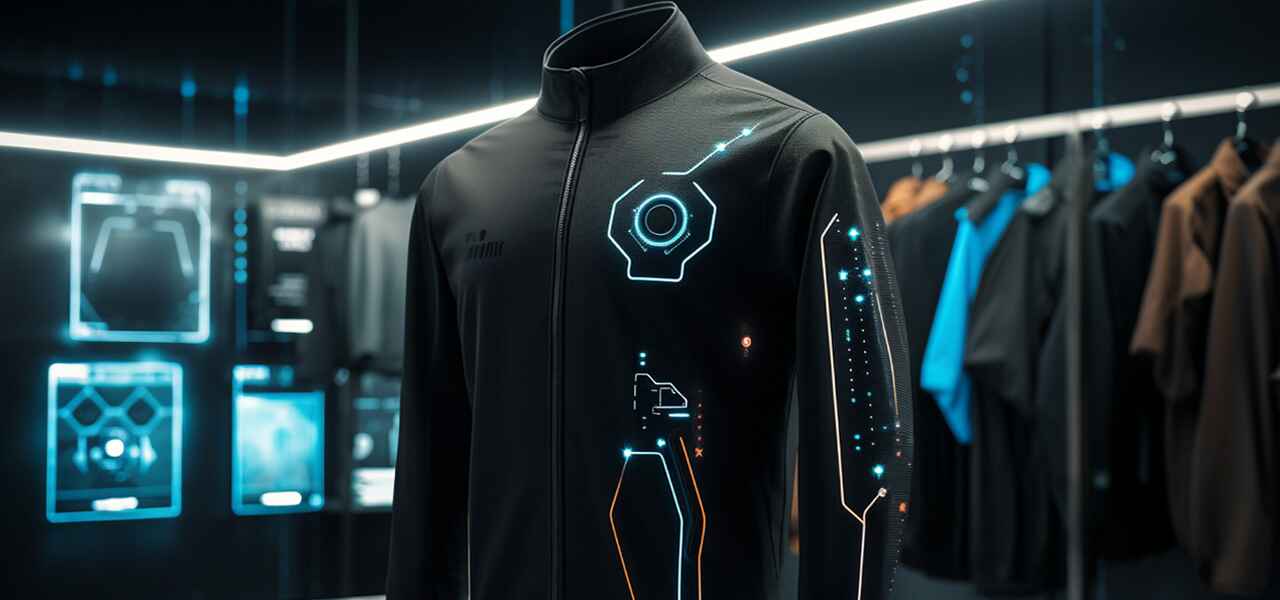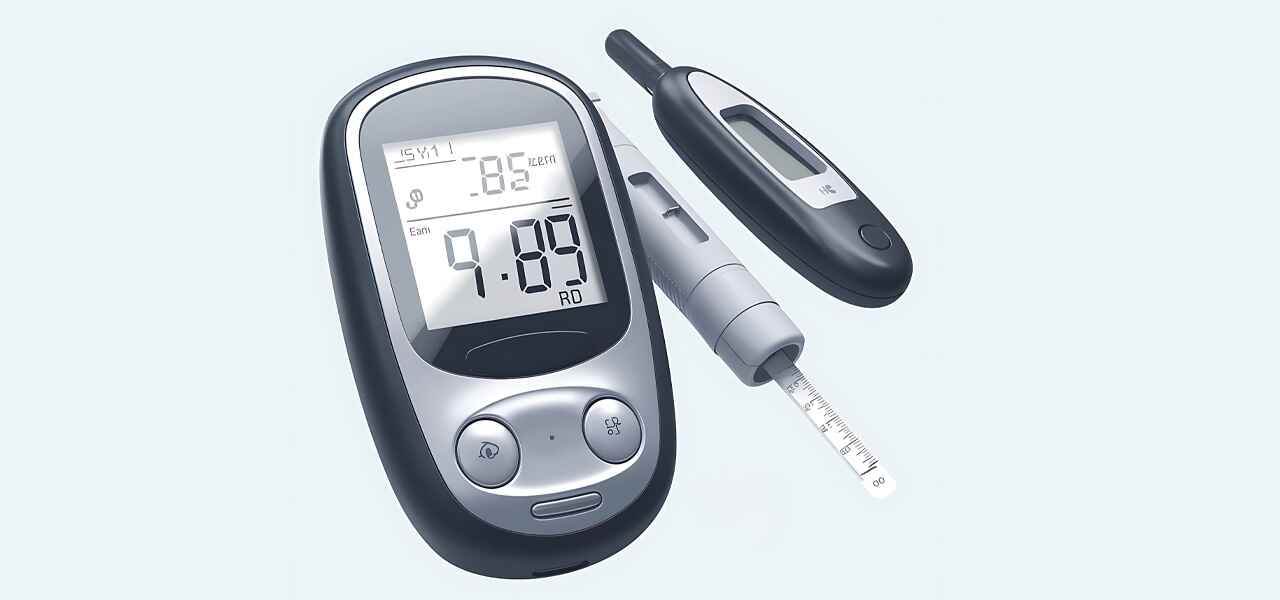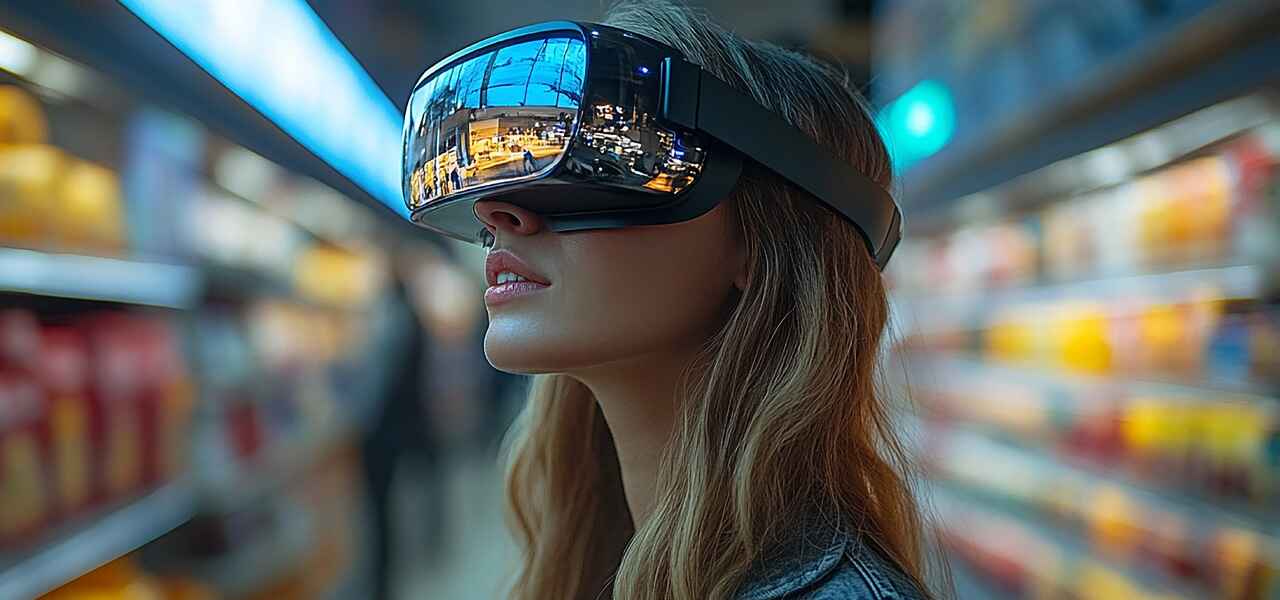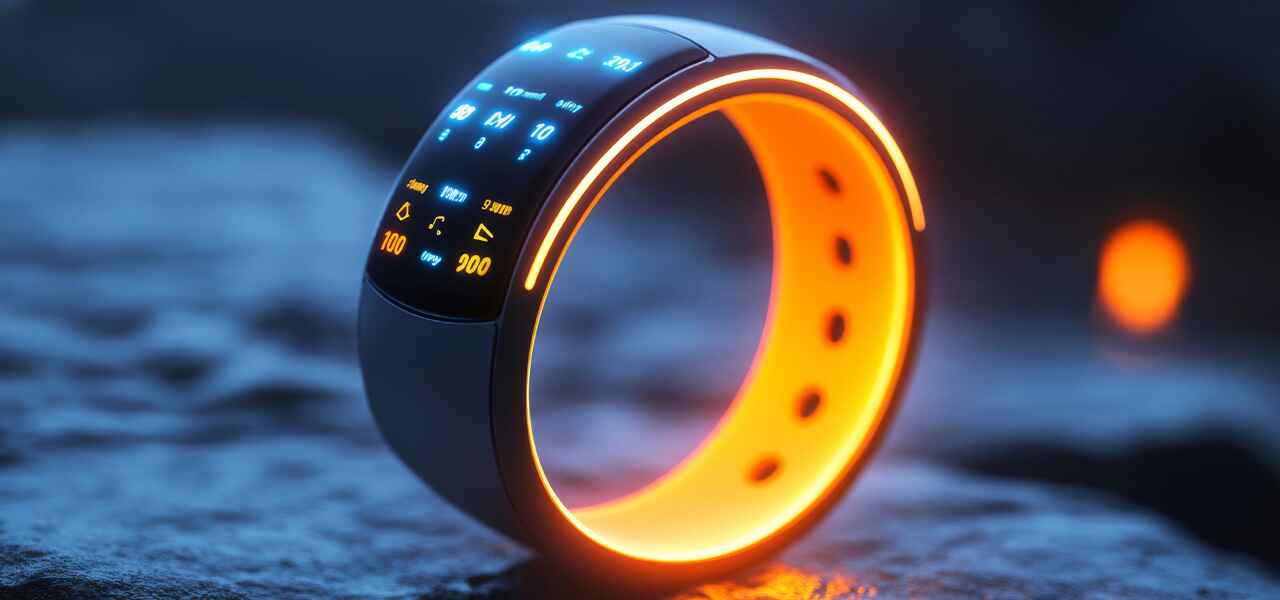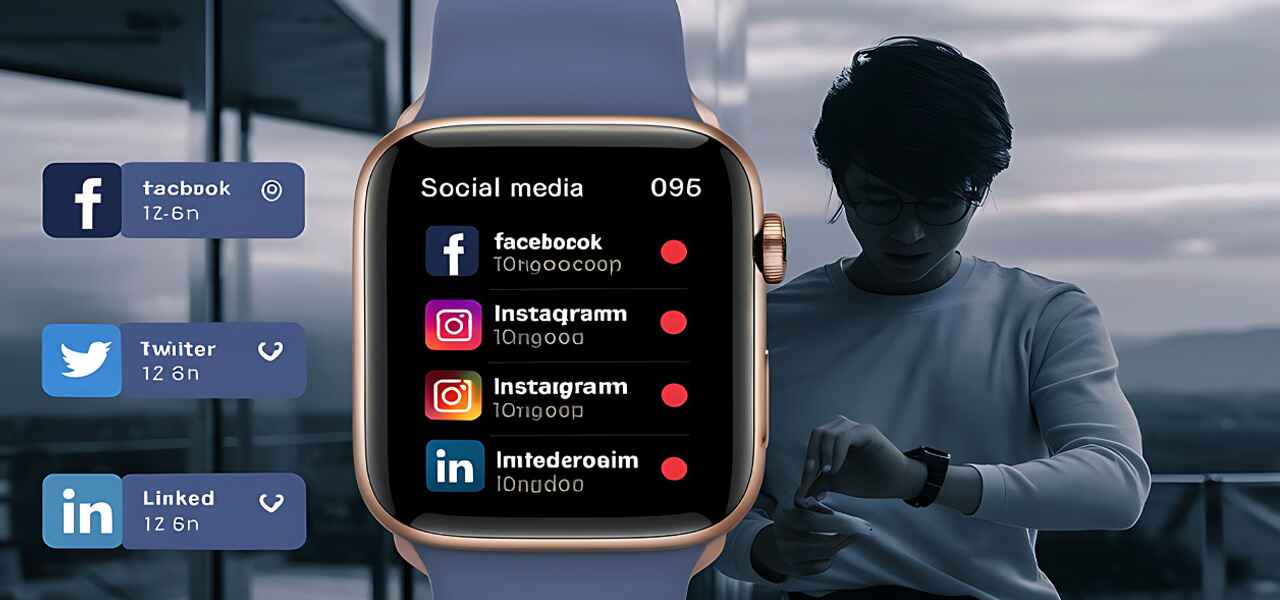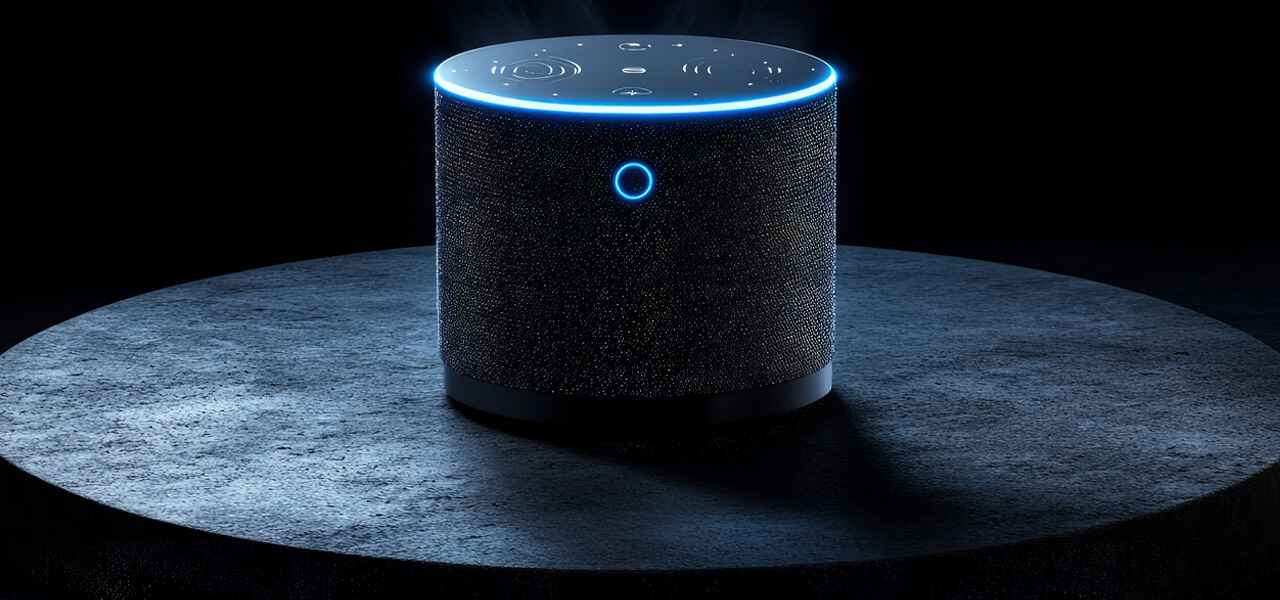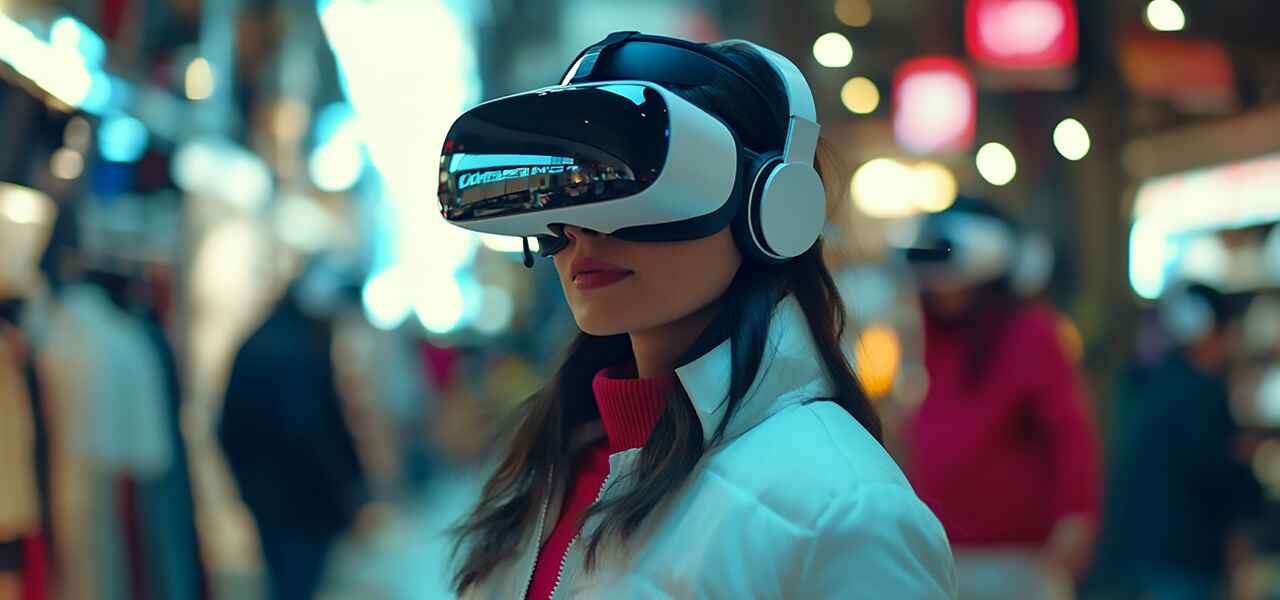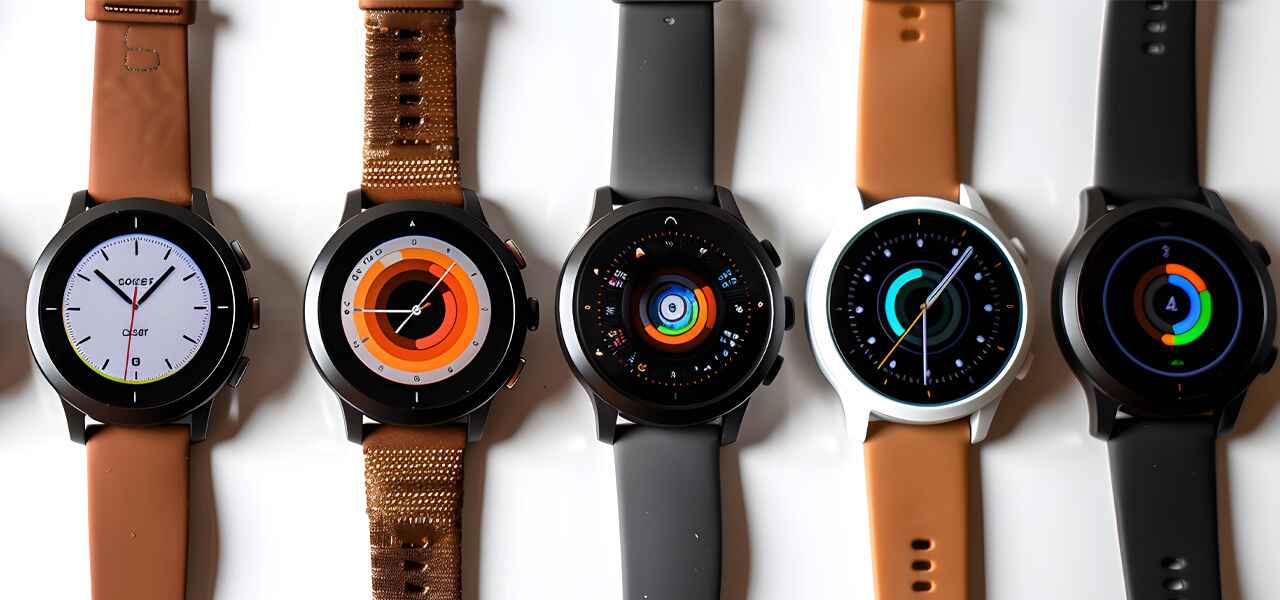Introduction
The world of technology is ever-evolving, and one of the most transformative advancements in recent years is the rise of wearable technology. Once a futuristic concept, wearables have now become a mainstream phenomenon. From fitness trackers and smartwatches to health-monitoring devices, wearable technology has woven itself into the fabric of daily life, empowering individuals and industries alike. In this blog, we’ll explore what wearable technology is, its various applications, and its numerous benefits across health, productivity, and lifestyle.
What is Wearable Technology?
Wearable technology refers to electronic devices that are worn on the body, either as accessories or embedded in clothing, and are designed to collect, track, and provide real-time information. These devices often connect to mobile phones or computers via Bluetooth or Wi-Fi, allowing for seamless integration with apps and online platforms. The most common wearable devices include:
- Smartwatches:
- like the Apple Watch or Samsung Galaxy Watch
- Fitness trackers:
- like Fitbit and Garmin
- Smart clothing:
with embedded sensors to monitor body metrics
- Wearable health devices:
such as Wearable health devices:
- Virtual Reality (VR) headsets and Augmented Reality (AR) glasses
With the ability to gather data and provide actionable insights, wearables are revolutionizing industries and improving the way individuals manage their health, work, and daily routines.
The Rise of Wearable Technology
Wearables initially gained traction with fitness enthusiasts looking to track steps, calories burned, and heart rates. But their functionality has expanded far beyond fitness. Today, wearables are used in health care for continuous monitoring, in workplaces to enhance productivity, and in the entertainment industry for immersive experiences. According to a report by Statista, the global wearables market is expected to exceed $100 billion by 2024, driven by advancements in technology, miniaturization of sensors, and the growing demand for health-centric devices.
Benefits of Wearable Technology
The popularity of wearable technology lies in the sheer range of benefits it offers to users. Below, we delve into the key advantages that make wearables indispensable in today’s connected world.
- Health Monitoring and Management
Perhaps the most widely recognized benefit of wearable technology is its ability to monitor and improve health. Whether you’re tracking your heart rate during a workout or monitoring your sleep patterns, wearables provide valuable insights into your health metrics. This continuous data collection enables users to be more proactive about their health.
- Fitness tracking: Devices like Fitbit and Apple Watch track steps, calories burned, and exercise activities, helping users set and achieve fitness goals.
- Heart health: Some wearables offer advanced heart rate monitoring, detecting irregularities and prompting users to seek medical attention if necessary. The Apple Watch, for instance, can detect irregular heart rhythms and has been credited with saving lives by alerting users to potential issues.
- Sleep tracking:
Wearable devices like the Oura Ring or Fitbit monitor sleep cycles, providing data on sleep duration and quality. This information can help users improve sleep hygiene and overall well-being.
- Chronic disease management: Wearable health devices like continuous glucose monitors (CGMs) for diabetics allow for real-time blood sugar monitoring without finger pricking. This gives individuals with chronic conditions the tools to manage their health more effectively.
By offering real-time insights and fostering healthier habits, wearables are playing a crucial role in preventive health care, reducing the burden on medical professionals, and empowering individuals to take control of their well-being.
- Enhanced Productivity and Time Management
Wearable technology isn’t just about health; it’s also a productivity tool that can streamline your day. Devices like smartwatches help you manage time more effectively, giving you instant access to notifications, reminders, and apps without the need to constantly check your phone.
- Smart notifications:
Smartwatches like the Apple Watch or Samsung Galaxy Watch allow users to receive and respond to texts, emails, and calls directly from their wrists. This minimizes distractions and keeps you connected without needing to pull out your Smartphone every few minutes.
- Task management: Wearables can integrate with productivity apps like Trello, Asana, or Evernote, allowing you to set reminders, track tasks, and keep your schedule organized.
- Hands-free interaction:
Voice assistants like Siri, Google Assistant, and Alexa are now integrated into wearable devices. Users can set reminders, ask questions, and control smart home devices using voice commands, freeing up their hands and boosting efficiency.
By keeping users connected in a streamlined and convenient way, wearables help to boost productivity in both personal and professional contexts.
- Safety and Security
Wearables also offer enhanced safety features that can be lifesaving in certain situations. From fall detection to emergency alerts, these devices provide an extra layer of protection for users.
- Fall detection and emergency SOS: Smartwatches like the Apple Watch have built-in fall detection technology. If the wearer falls and remains motionless for a certain period, the device will automatically send an alert to emergency contacts or medical services.
- Location tracking: For vulnerable individuals such as children or the elderly, GPS-enabled wearables allow caregivers to monitor their location in real-time, ensuring their safety.
- Emergency alerts: In situations of danger or emergency, wearables can send out distress signals or alerts to designated contacts, providing peace of mind to users.
- Entertainment and Immersive Experiences
Wearables aren’t limited to health and productivity—they also enhance entertainment experiences. VR headsets, AR glasses, and smart earbuds offer a new level of immersion in entertainment and gaming.
- Virtual reality (VR):
VR headsets like the Oculus Quest and PlayStation VR allow users to step into virtual worlds, offering an immersive experience in gaming, education, and even remote work.
- Augmented reality (AR):
Devices like Microsoft’s HoloLens overlay digital elements onto the real world, blending virtual and physical realities. AR is being used in industries like retail, where customers can try out products virtually, and in education, where students can interact with 3D models in real-time.
- Personalization and Customization
One of the most appealing aspects of wearable technology is the level of personalization it offers. Wearables can be tailored to meet the specific needs and preferences of the user. With a wide variety of apps, features, and customization options, wearables can adapt to your lifestyle.
- Customizable watch faces:
Smartwatches allow users to customize their watch face designs, enabling them to prioritize the information that matters most, whether it’s fitness stats, weather updates, or reminders.
- Data-driven insights: Wearable devices collect massive amounts of data, which can be analyzed to deliver personalized recommendations. For example, fitness trackers can adjust workout routines based on your performance, while health devices can offer insights tailored to your specific health goals.
Challenges and Future Trends:
While the benefits of wearable technology are numerous, the field is not without challenges. Privacy concerns are a significant issue, as wearable devices collect a vast amount of personal data, including health information. Ensuring that this data is securely stored and not misused is crucial.
Battery life and device durability are other concerns. Many users find it inconvenient to charge their wearables frequently, and devices need to be robust enough to withstand daily wear and tear.
Looking forward, the future of wearable technology is exciting. We can expect more sophisticated sensors, better integration with other devices, and enhanced AI capabilities. Wearables will likely play a pivotal role in fields like telemedicine, where real-time health data can be shared with doctors for remote diagnosis and treatment.
Conclusion:
Wearable technology is no longer a niche product—it’s a transformative tool that’s improving health, productivity, and entertainment. From fitness enthusiasts to professionals, wearable devices offer a range of benefits that make life more convenient, healthy, and enjoyable. As the technology continues to evolve, wearables will only become more integral to how we live, work, and play.
Whether you’re tracking your health, managing your schedule, or simply enjoying immersive entertainment, wearable technology is here to stay, bringing with it a wave of innovation that enhances the human experience in countless ways.


